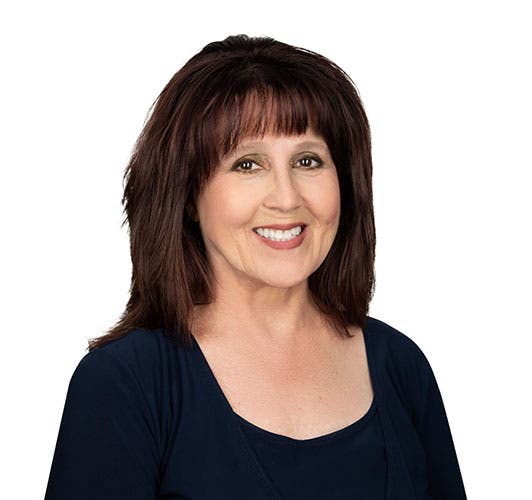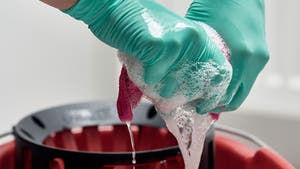In late August, AHE’s 2019 Exchange Conference brought together hundreds of healthcare environmental services (EVS) and infection control leaders.

Elevating the profession and leading through change carried over as major themes from prior years. And as an infection preventionist (IP), I had some key takeaways and aha moments I thought I’d share.
“Lead Change in Healthcare or Let it Change You”
This powerful quote came from AHE president Pam Toppel during the opening plenary session. She encouraged AHE members to “show up, and step it up, ” which was a clear request to take the reins and elevate the role of EVS within healthcare.
Barley Chironda, Clorox Healthcare infection control specialist, expanded on the topic of change management in his session.
He reinforced the need to understand the key principles of change management and how they can be used to successfully implement change via empowering healthcare leaders, workers and patients in the process of change.
“Our Hands Are Only as Clean as Our Healthcare Services Environment”
This quote comes from yours truly and is a statement that I used to train my staff for 20 years as a practicing IP to drive home the importance of cleaning and disinfecting in healthcare. This quote also extends to all aspects of healthcare services—not just hospitals, but medical offices, long-term care and even home health environments.
I had the honor of presenting at AHE for the first time, and spoke with attendees about the special challenges of environmental cleaning and disinfection in outpatient settings. There has been a shift in healthcare services from inpatient to outpatient in recent years.
My session highlighted the need to step up infection control measures, including environmental hygiene programs in the outpatient arena.
We also discussed the importance of competency assessment of environmental services technicians. Provision of education and training, while necessary, is not sufficient.
A competency-based assessment shows the employer how well a worker can perform a task. And whether they can consistently demonstrate the desired behaviors, whatever the situation. I also shared several suggested ways to assess competency.
The Power of a Clean Environment
Several sessions at AHE also drove home the importance of cleaning and disinfecting and illustrated the impact these practices have on patient perceptions, HCAHP scores and infection transmission.
Keynote speaker Jake Poor, former Disney leader and faculty for the American College of Healthcare Executives, noted, “The perception that a clean facility gives the patient is they must provide exceptional healthcare services if they can keep the facility this clean.”
Ann Brady from Press-Ganey, who conducts patient experience surveys, shared some fascinating data. She explained a clean room was found to be a key driver of a positive patient experience. The EVS HCAHPs question, “How often were your room and bathroom kept clean?,” was in the top three of all HCAHP questions influencing patients’ willingness to recommend a hospital. And facilities with higher HCAHP scores on that EVS question were found to have lower rates of hospital-acquired infections. Ann also recommended that facilities provide their EVS with top quality tools and products to complete their job.
Dr. Rutala shared some of his latest thinking on surface disinfection in the healthcare environment, including:
- Cleaning and disinfection practices should focus on all touchable surfaces, not just high-touch surfaces.
- Dry biofilms have thousands of layers of dry microorganisms, but more studies are needed to establish their role in transmission.
- Biofluorescent markers more closely mimic culture than does ATP.
- No-touch technologies can reduce bioburden, but should not replace manual surface cleaning and disinfection.
Elevating Environmental Services—Where Do We Go from Here?
As I networked with EVS managers and directors at the AHE conference, the common challenges that came up repeatedly revolved around staffing.
I heard questions such as, “How do we recruit and retain talent?,” “In a workforce with lower education levels and English often as a second language, how do we know that our staff understands what we teach them?,” and “How can we elevate the role of EVS so that they are respected as a part of the rest of the healthcare team?”
These questions, and others related to recruiting and retaining frontline staff, are constantly on the minds of EVS leadership because so much of their time is spent onboarding and training new staff. And the retention process needs to improve in order to move the profession forward.
So how can we help? As infection control professionals, there are three things all of us should be doing to help elevate our EVS partners:
- Encourage EVS certification such as CHEST and CHESP though AHE.
- Continue to provide high quality products and training to ensure maximum effectiveness of cleaning and disinfection practices.
- Remember to show our appreciation for their constant dedication to patient safety and health during EVS Week, Sept 8–14.


